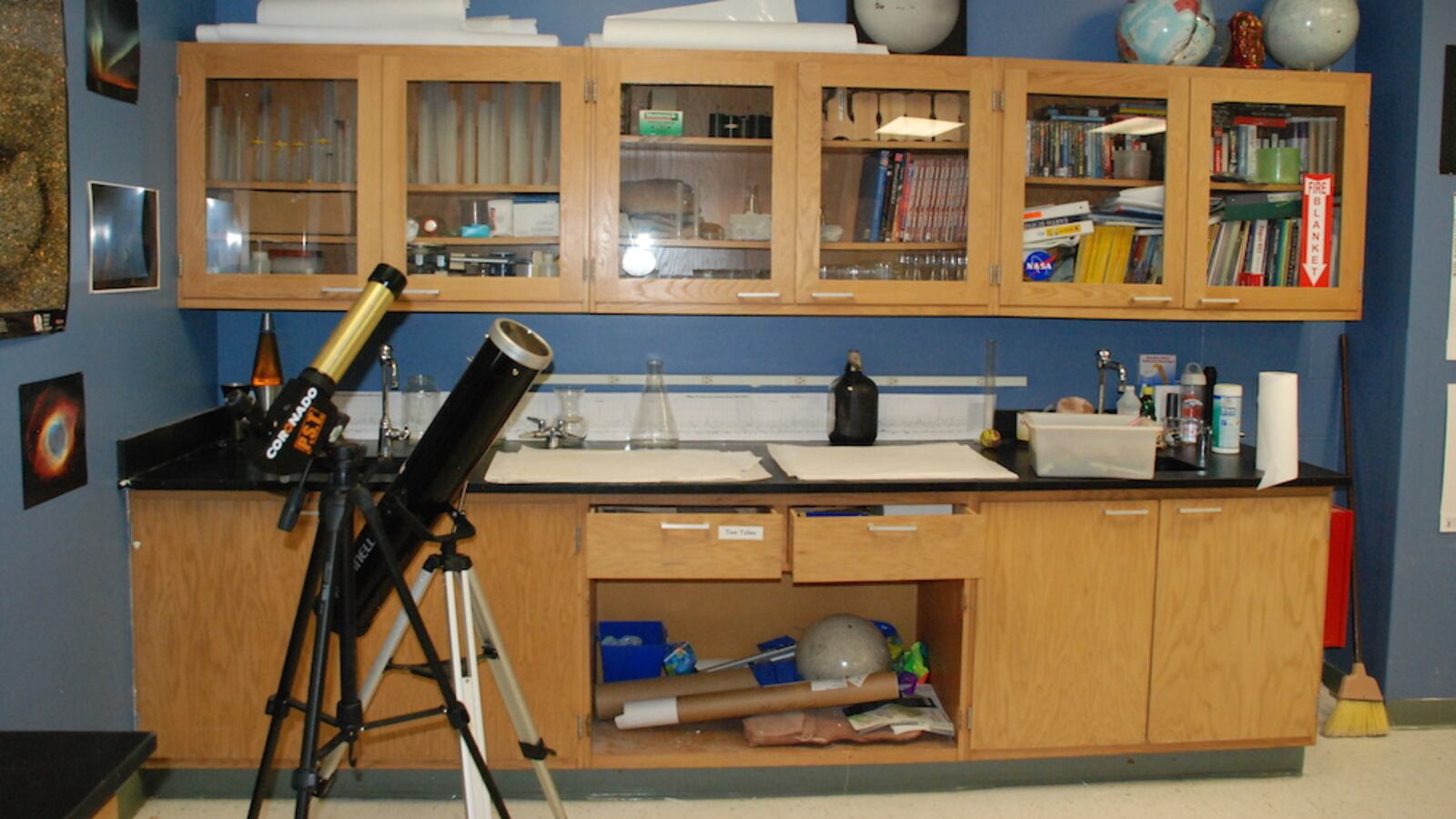When Rob Stein, chief academic officer for the Roaring Fork School District, learned third-grade reading scores at Crystal River Elementary School dipped this year, he called his old friend and former colleague Peter Sherman to ask for some advice.
Unlike his other elementary schools, which saw spikes in reading scores, something just wasn’t working at Crystal River, which has been on and off the state’s school accountability watch list for four years.
Sherman, the state’s executive director of school and district performance, suggested Crystal River apply to be a part of his new endeavor: the Colorado Turnaround Network, a state-run but voluntary co-op of schools working together to boost student achievement.
The network borrows some inspiration from efforts by other states that share a federal mandate to track and improve low-performing schools.
But unlike controversial initiatives in Louisiana and Tennessee, which have concentrated weak schools in districts run directly by the state, Colorado is leaving control of the turnaround schools up to local districts. Colorado also formed the network quietly, rather than trumpet its tough-on-struggling school approach, as some other states have done. And instead of requiring all low-performing schools to undergo the same changes, Colorado is asking schools to opt in — and to decide for themselves what changes would help students.
The collaborative approach piqued Stein’s interest. “What I like about the network is that it’s do-with, not do-to,” he said.
The eight schools in the network — which include Stein’s Crystal River — met for the first time last month to hear more about Sherman’s vision for school-based solutions to four kinds of challenges: culture, internal operations, personnel, and district relations.
Entering the turnaround network doesn’t take schools or districts off of the state’s “accountability clock,” in which persistently low-scoring schools get five years to improve or their school districts could face state sanctions.
But it does offer a last-ditch effort for schools that have failed to boost performance for as much as four years already.
“Our belief and one of our theories of action is that we can provide some resources, some frameworks, for what we believe is necessary for success,” Sherman said. “We believe strongly that solutions for low-performing schools will come from the local communities.”
Balancing its influence against Colorado’s cherished local control could be a challenge for the turnaround network.
Pat Sanchez, the superintendent of the Adams 14 School District, said he got on board only after becoming convinced that the state’s priorities for Rose Hill Elementary, his lowest-scoring school, corresponded to the district’s own. The state network will provide training for the school’s new leader and will offer support to help the school reach the district’s reading and math goals.
“A big selling point is that the network will not create a new set of priorities for my principal,” Sanchez said. “She won’t have two sets of marching orders. The state is about supplementing that will hopefully help accelerate learning.”
Colorado’s approach has benefits, according to Ashley Jochim, a researcher for the Center on Reinventing Public Education, or CRPE, who has researched the role of state education agencies like CDE.
Because the state is acting more like a broker of resources and advice than directly running the schools, the state’s limited turnaround staff of five isn’t likely to be strained.
But Jochim said the resources will only be fruitful if principals are allowed to adopt the best ideas, even if they run counter to district polices — something that could be a challenge when it comes to personnel, budget, and curriculum.
If Colorado stumbles, it won’t be alone, Jochim said.
“We’re not in a place where anyone has done [a turnaround network] right,” she said.

